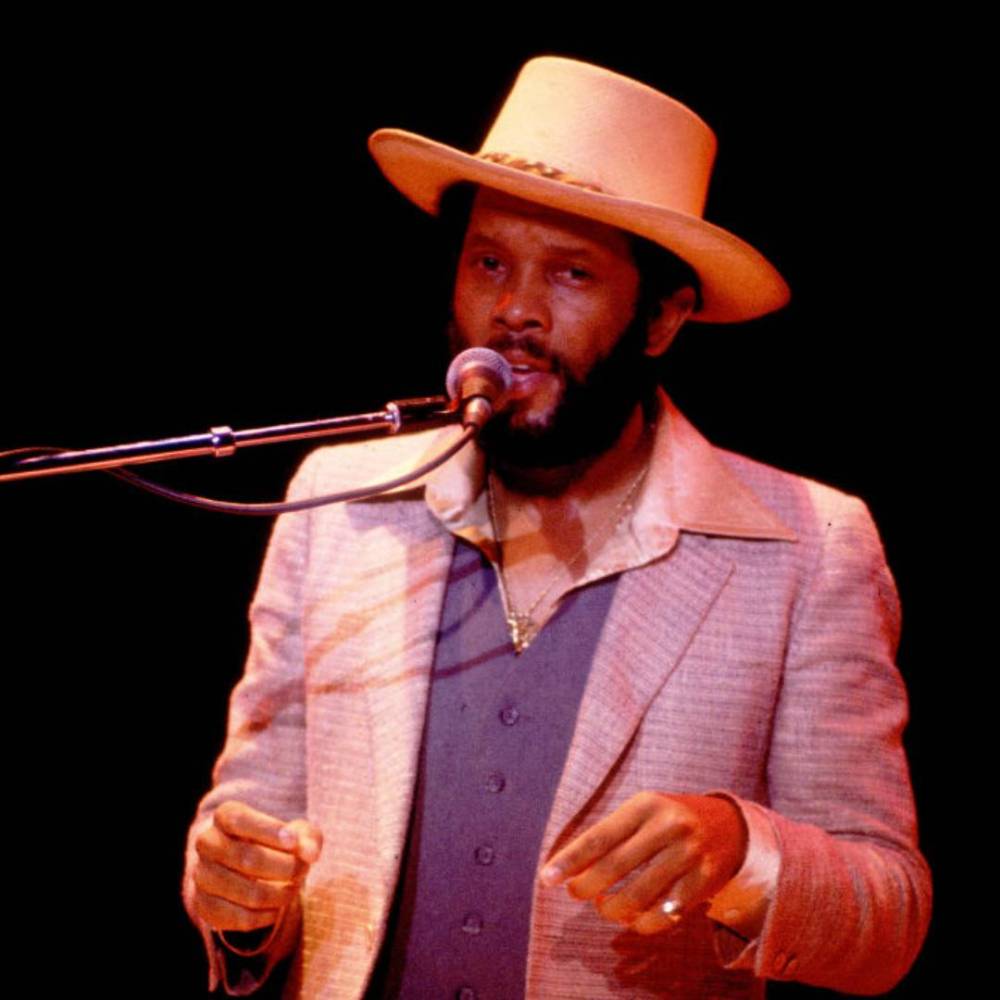Image via Paul Natkin/Getty Images
Andrew Friedman understands what’s happening in Severance
I saw a headline eulogizing Roy Ayers that described him as the man who made “Everybody Loves the Sunshine,” which it noted had been sampled “over 100 times.” This was a weird way to frame a man who was undoubtedly a jazz icon and whose influential career spanned five decades and, like, four other genres.
Admittedly, I learned about Ayers because I was a sample-hunting crate digger, and he was one of the artists whose music was the building blocks for countless hip-hop classics. I have never been a huge jazz guy, and my digging always favored “dollar records with breaks” – and later on, “hits from 1983.” My understanding of a given jazz dude’s importance correlates to whether or not Quasimoto shouted them out in “Jazz Cats Pt. 1.” There are a lot of guys who I don’t know much about strictly because Q-Tip never got around to flipping their music.
That said, I don’t think my scope of reference invalidates my appreciation of Roy Ayers. Jazz is a healthy genre. It continues evolving with young artists and (more importantly) young fans. Plus, the willingness of dudes (non-gendered) like me to work backwards and outwards from Tribe’s “Award Tour” to Milt Jackson has played a major role in saving jazz from full-on Wynton Marsalification. It’s very cool that Kamasi Washington and Thundercat are extremely popular, but it’s also very cool that I saw Cormega play at the Blue Note with a full band. It was great and outlandish and intimate, and it was not Nas at Carnegie Hall with a full orchestra.
The main issue with that tribute relegating Roy Ayers to sample fodder is that the close relationship between jazz and hip-hop means the jazz pantheon is well-represented in rap. Jazz titans were in the crates, they were spun up into breaks. Being sampled is a natural outcome of a successful jazz career.
Framing Roy Ayers as “someone who was sampled a lot” makes him sound like an obscure or lower-tier artist who would be a footnote without DJ Premier’s blessing. For instance, Linda Lyndell had an interesting career as a white woman who worked with Ike and Tina Turner, James Brown and Isaac Hayes. But she is best known for “What A Man” because Salt-N-Pepa flipped her minor hit into a Bar Mitzvah staple thirty years later. We all know the drums from Melvin Bliss’ “Synthetic Substitution” because they have been sampled one zillion times. Even if you don’t know–you do. Roy Ayers is more than a whisper.
This conversation rhymes with the ongoing cultural misconception about What Gets Sampled. There is still a lingering idea that Bad Boy pioneered the obvious sample as some kind of shortcut to pop success, and that “real hip-hop” producers have to be digging for, like, rare Thai R&B6. This has never been remotely true, either because “rap grew out of dancehall and reggae, which constantly recycles its own ideas by design” or “remember how the first rap hit was a Chic song” or “just because you don’t know the sample doesn’t mean millions of other people don’t” or “good producers can flip anything, remember when Dilla made ‘Dooinit’ out of ‘Give It To Me Baby’?” Choose your fighter.
I was listening to Red, Black and Green today, you know, doing my homework, and when it ended Spotify threw on the corresponding AI-generated playlist. AI sucks, blah blah, but Spotify has been doing this forever, and their recommendation engines are a really interesting experiment in how well machine learning can capture cultural context. Which is to say, Roy Ayers radio is a lot of well-sampled jazz.
The way samples influence the legacy of the established jazz cannon feels like retconning, where the past gets rewritten to conform to the present. This isn’t a new phenomenon; any DJ playing old music should be relying on songs that register with their crowd. In 2005 the biggest song of the night wouldn’t be “Kiss,” it would be the next song, Calloway’s “I Wanna Be Rich,” which everyone knew but nobody was even thinking about. A more extreme version of this is when TikTok randomly pushes Kate Bush “Running Up That Hill” to the top of the charts.
So, RIP to a real legend. Beyond the samples. Beyond AI radio. Back to work.


